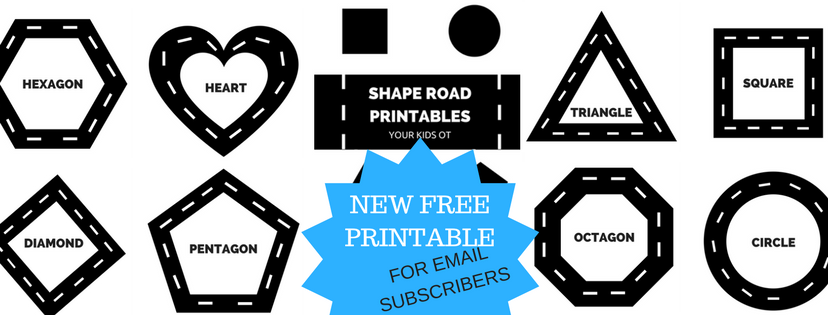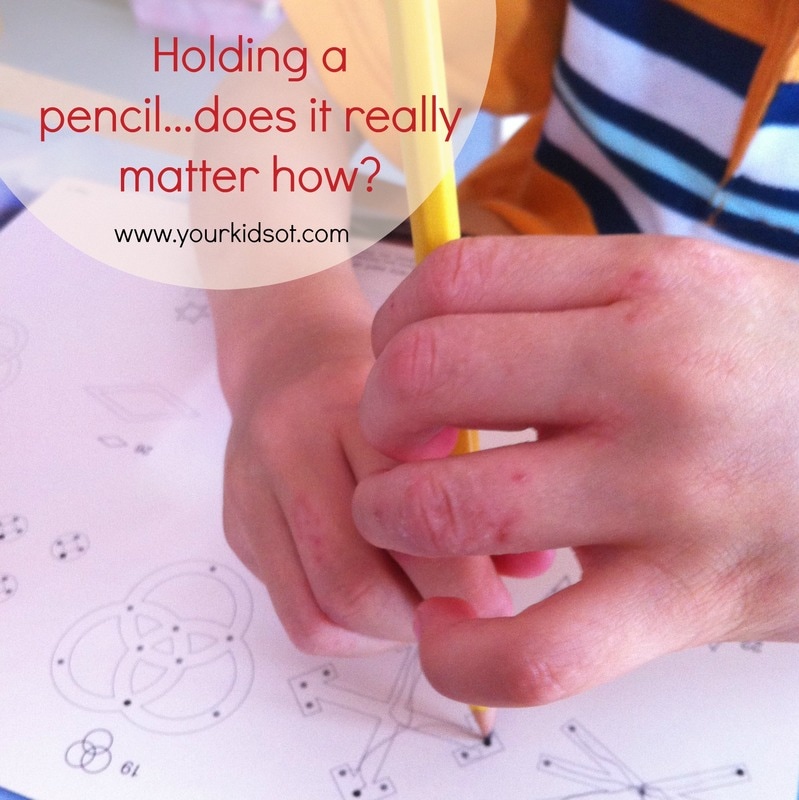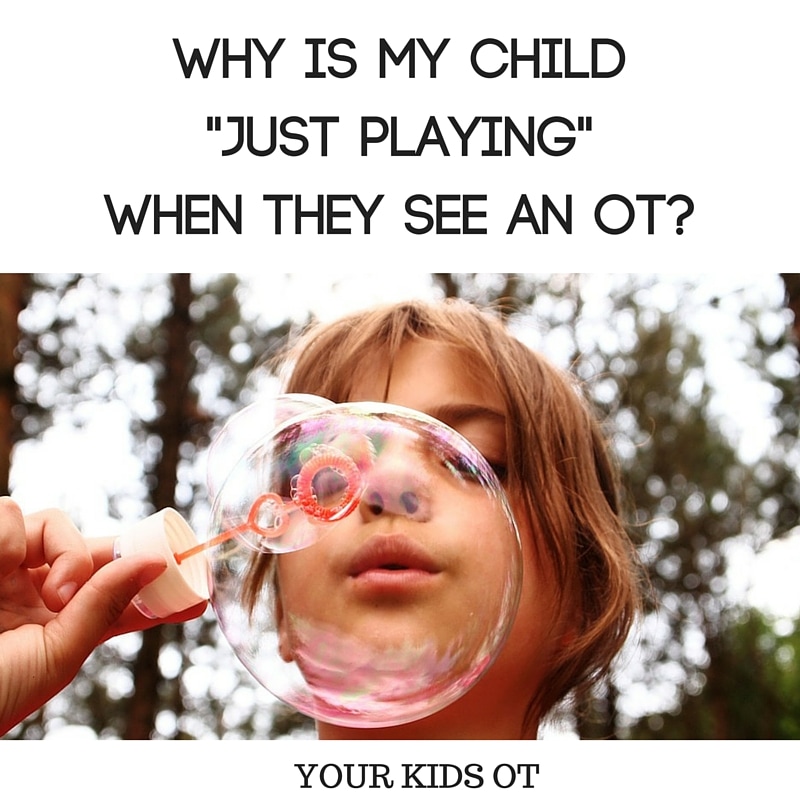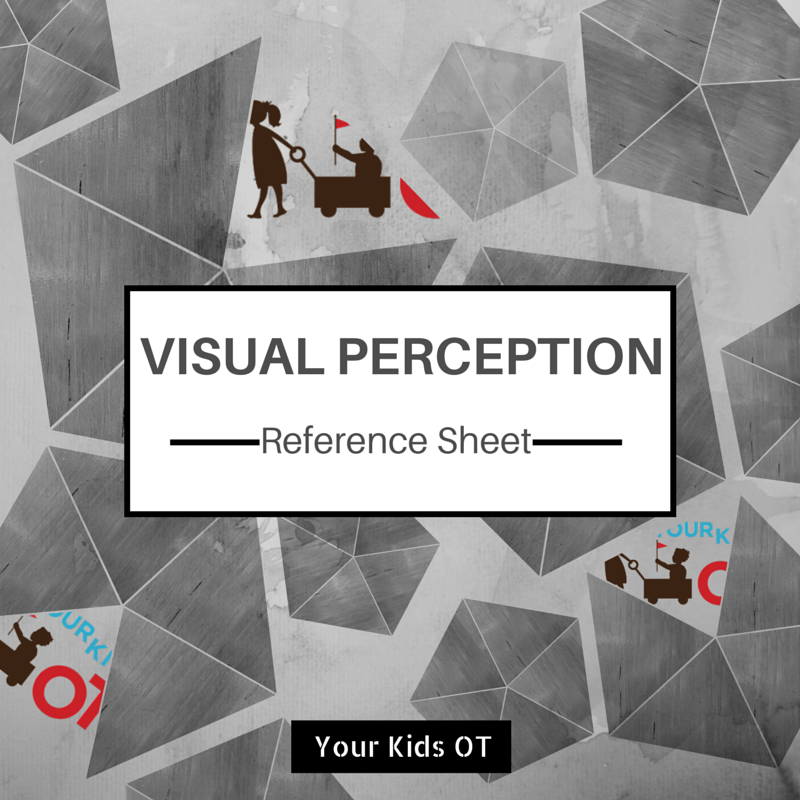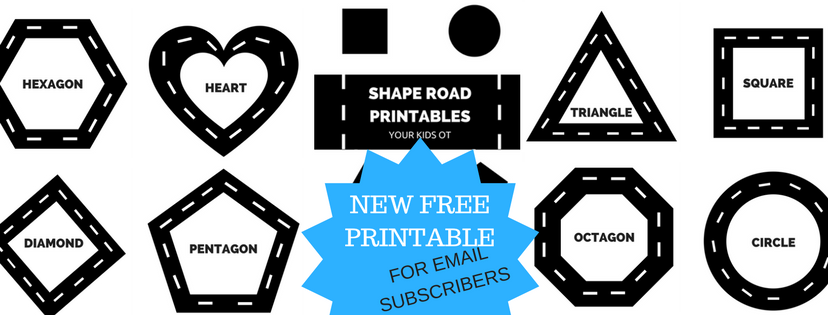|
Playdough, connect four, bingo, crawling through tunnels...why is my child “just playing” when they see an occupational therapist (speech therapist or physiotherapist)? Why do therapists use play when working with kids? Play is a “childhood occupation” (Bundy and Lane, 2012 and Alesandrini, 1949). Play is what kids “do”. They learn through play experiences, interacting with objects, their environment and people. Children explore, imagine and discover as they experiment with space, size, their own bodies, force, strength, time, colour, shape, distance and more. They develop a range of skills through play. Read more about specific skill areas from my colleagues in the Functional Skills for Kids Series. A lot of childhood learning is incidental, as kids do not realise they are learning whilst they are playing. Play is fun – it is intrinsically motivating...that is why children keep playing (Parham, 2008). Have you ever heard the expression “time flies when you are having fun!”? When a child is engaged with an activity that is fun, it can motivate them to repeat the activity or experiment with variations of the activity. The internal drive of a child through play can help them to connect and engage in the world (Cornelli Sanderson, 2010). 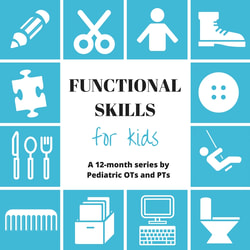
The Developmental Progression of Play Skills | Mama OT Building Fine Motor Skills Through Play | Sugar Aunts Gross Motor Skills and the Development of Play in Children | Your Therapy Source Playing with Friends: Supporting Social Skills in Play | Kids Play Space Using Play to Increase Attention | Miss Jaime OT Help! My Child Won’t Play - Adapting Play for Individual Kids | Growing Hands-On Kids How Play Makes Therapy Better | Therapy Fun Zone How the Environment Shapes the Way Kids Play | The Inspired Treehouse Why is my child “just playing” when they see an OT? | Your Kids OT
How Therapists Use Play in Therapy!
After a comprehensive assessment (refer here for anoverview of assessment) the therapist in collaboration with others (parents, teachers, other therapists) will set goals for individual children. Based on these goals, therapy sessions are planned to meet these in a number of different ways. We are always looking for the just right challenge for your child to extend them in learning skills without overwhelming them in the process. We may be working on ways to compensate for difficulties they are having, provide additional support or modify activities if appropriate. We use “play” as a medium to achieve goals, although sometimes the “play” may be the goal itself! Play as a medium to achieve goals. Therapists are great at task analysis. We “analyse” tasks and activities and play ... to figure out what skills are needed to perform these tasks. Therapists also work out what skills may develop as a certain task in performed or how it may be adapted to work on certain skills. Read about how these games have therapeutic benefits. Whilst we may use a variety of activities in therapy sessions, we are always working towards specific goals! If you are not sure the benefits of the activities your therapist is using, just ask them! I do understand parents who are concerned when goals are not being addressed or the play appears extended and unrelated to the reason for intervention. Parents and teachers should speak up. Ask therapists when your child is doing worksheets for a whole session or playing UNO for an hour or being tested on something they haven't done before. Ask therapists when your child looks uncomfortable. Ask therapists when the play seems repetitive. Speak to therapists when the play does not seem age-appropriate. There may be a therapeutic purpose or maybe the therapist needs the feedback; that they are not working towards the goals in an appropriate way. Play as a goal itself. As described earlier, play is a childhood occupation and as OTs we are concerned about how children play. How are they holding, grasping, releasing objects? How are they moving their arms and legs ... intentionally, individually, together? How are children interacting with objects... exploring, manipulating, imagining? How are children interacting with other children... social skills, parallel, collaboratively? How does the environment facilitate play? How can we help kids learn through play? It is the role of an OT to find the “just right” challenge to match activities with your child’s goals. At home, you can help your child learn through play too!
This article is part of “Functional Skills for Kids: 12 month series by Paediatric Occupational and Physical Therapists”. You can read all of the childhood functions HERE. Read all Your Kids OT’s monthly posts HERE. Find more information about “Play”! stop by to see what other Occupational and Physical Therapists participating in the “Functional Skills for Kids series” have written:
You may also like:

Cindy is a registered Occupational Therapist practising in Sydney Australia. She has two young children who are a constant source of inspiration and learning. Cindy loves working creatively to help children to reach their potential, finding opportunities in everyday living and making learning fun. Cindy is the author of the Occupational Therapy blog Your Kids OT.
The information on this site is general in nature. The activities are safe for most children, however, you should consult an Occupational Therapist or health professional to address specific movement, sensory or other medical conditions. This article does not contain affiliate links.
References:
Alesandrini, N. A. (1949). Play – A child’s world. American Journal of Occupational Therapy, 3, 9-12. Bundy, A.C. and Lane, S.J. (2012). Kids can be Kids: A Childhood Occupations Approach. Cornelli Sanderson, R. (2010). Towards a New Measure of Playfulness: The Capacity to Fully and Freely Engage in Play . Dissertations. Paper 232. http://ecommons.luc.edu/luc_diss/232 Parham, D. (2008). Play and Occupational Therapy in L.D. Parham & L.S.Fazio (eds) Play in occupational therapy for children (2nd edition).St Louis: Mosby pp 3- 39 Comments are closed.
|
AuthorHi, I'm Cindy and I am an Occupational Therapist. I enjoy working creatively with children to see them reach their potential. Read more about me here. SEARCH THIS SITE
Archives
June 2024
Categories
All
Popular Posts |
Join the YKOT e-newsletter!
Subscribe to get our latest content by email and receive
the SHAPE ROADS PRINTABLE NOW!

Success! Now check your email to confirm your subscription and receive your free printable!
Join our Mailing List!
Subscribe to get our latest content by email and receive
the SHAPE ROADS PRINTABLE NOW as a thankyou!

Success! Now check your email to confirm your subscription and receive your free printable!
Disclaimer: The information on this site is general in nature and should be used for educational and entertainment purposes. The activities are safe for most children, however, you should consult an Occupational Therapist or health professional to address specific movement, sensory or other medical conditions. This blog does not replace formal therapeutic professional advice given by a health professional or medical practitioner. Reviews and endorsements of products will only be made based on my expertise and personal opinion; and deemed worthy of such endorsement. The opinions shared in sponsored content will always be my own and not that of the advertising company or brand. Content, advertising space or posts will be clearly identified if paid, affiliated or sponsored. Affiliate links may be found throughout this website in advertising. This means that if you follow through with a purchase from these links, Your Kids OT will receive a percentage of the sale. Your Kids OT undertakes to meet the requirements of the "Social Media Policy" as published by Australian Health Practitioner Regulation Agency (AHPRA). Further information about this policy can be found here.
Find meFollow me |
About me
AuthorHi, I'm Cindy and I am an Occupational Therapist. I enjoy working creatively with children to see them reach their potential. Read more about me here. |
Copyright © 2017 Your Kid OT

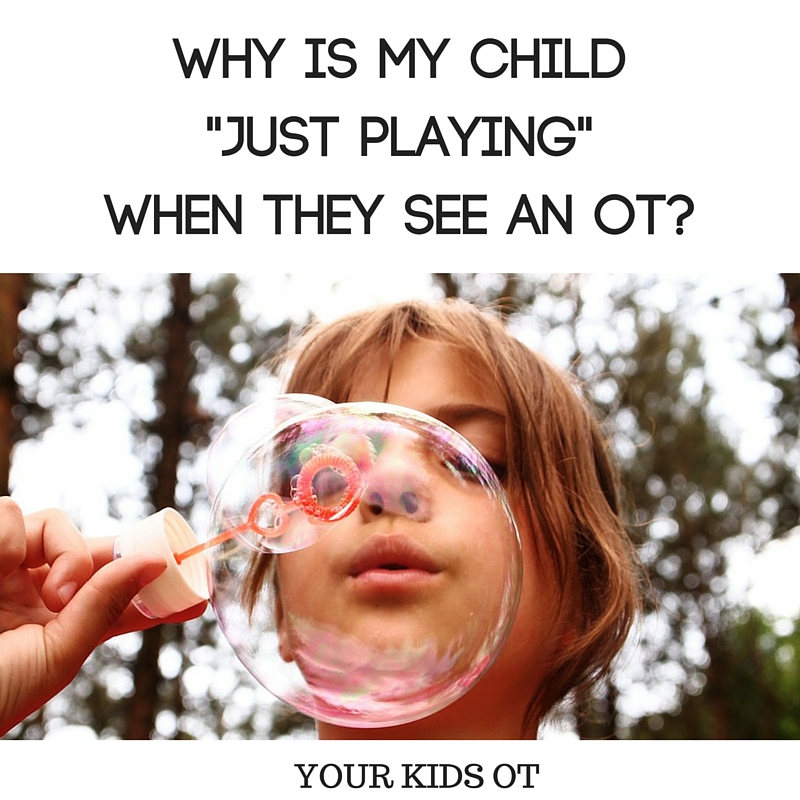

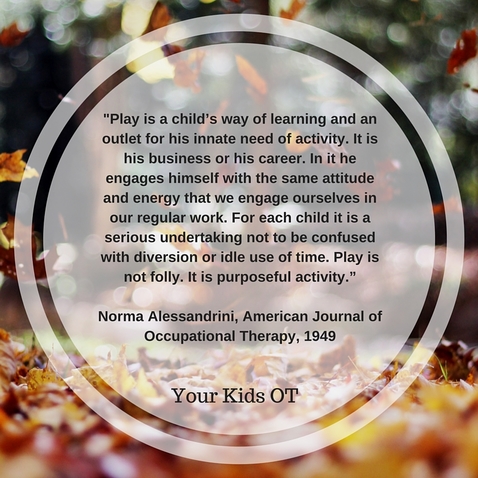
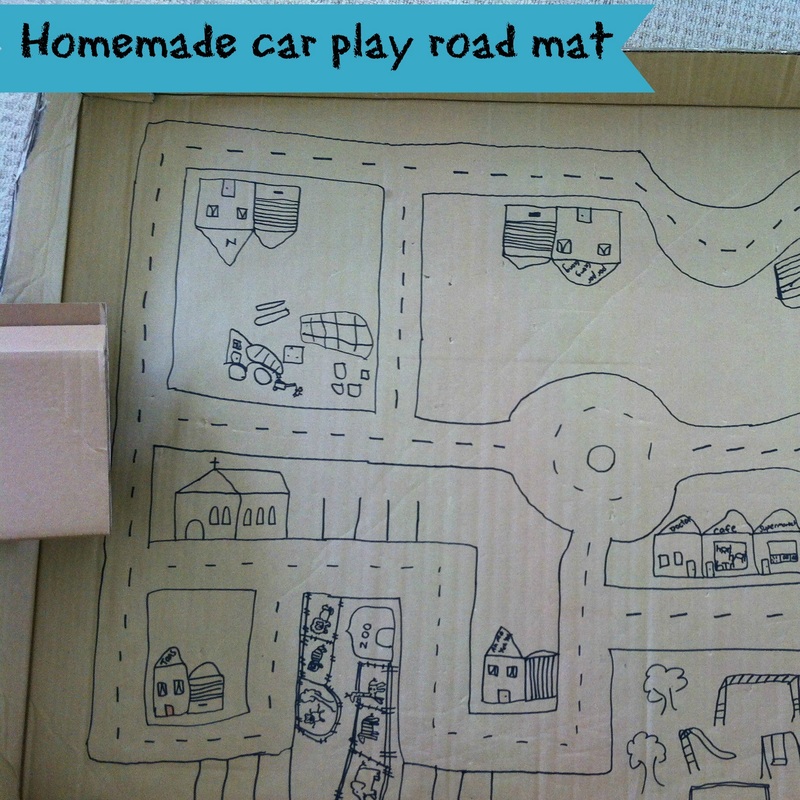
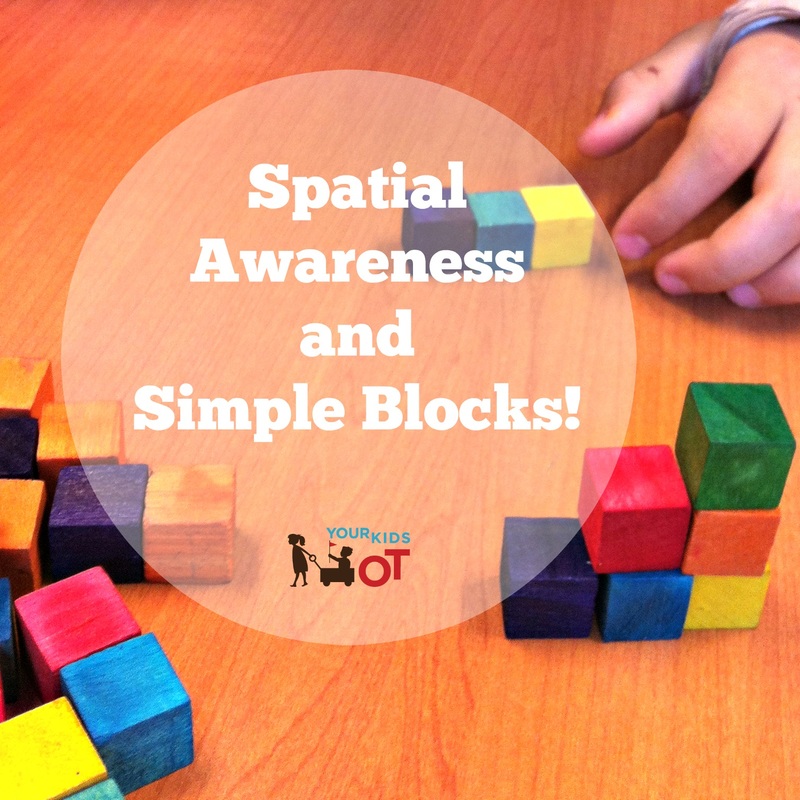
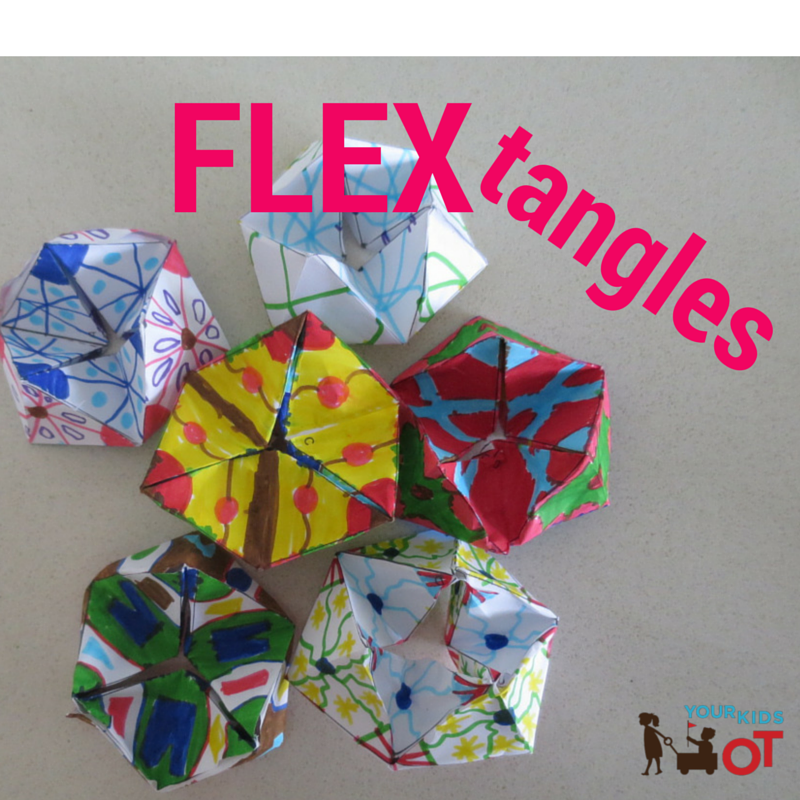
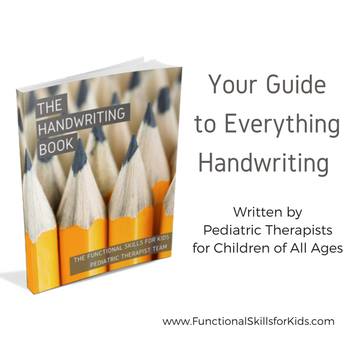
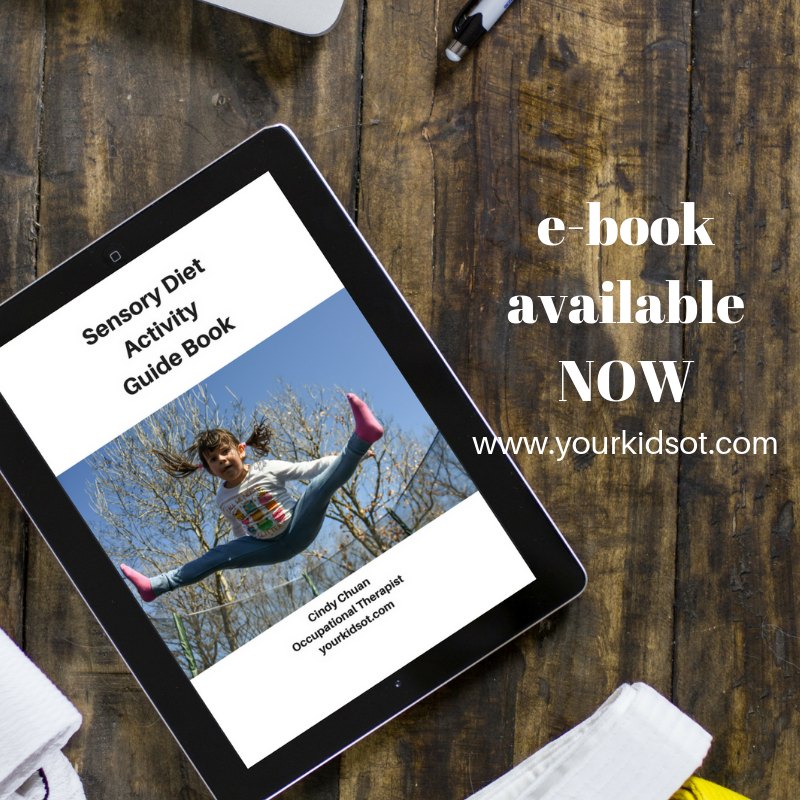
 RSS Feed
RSS Feed
